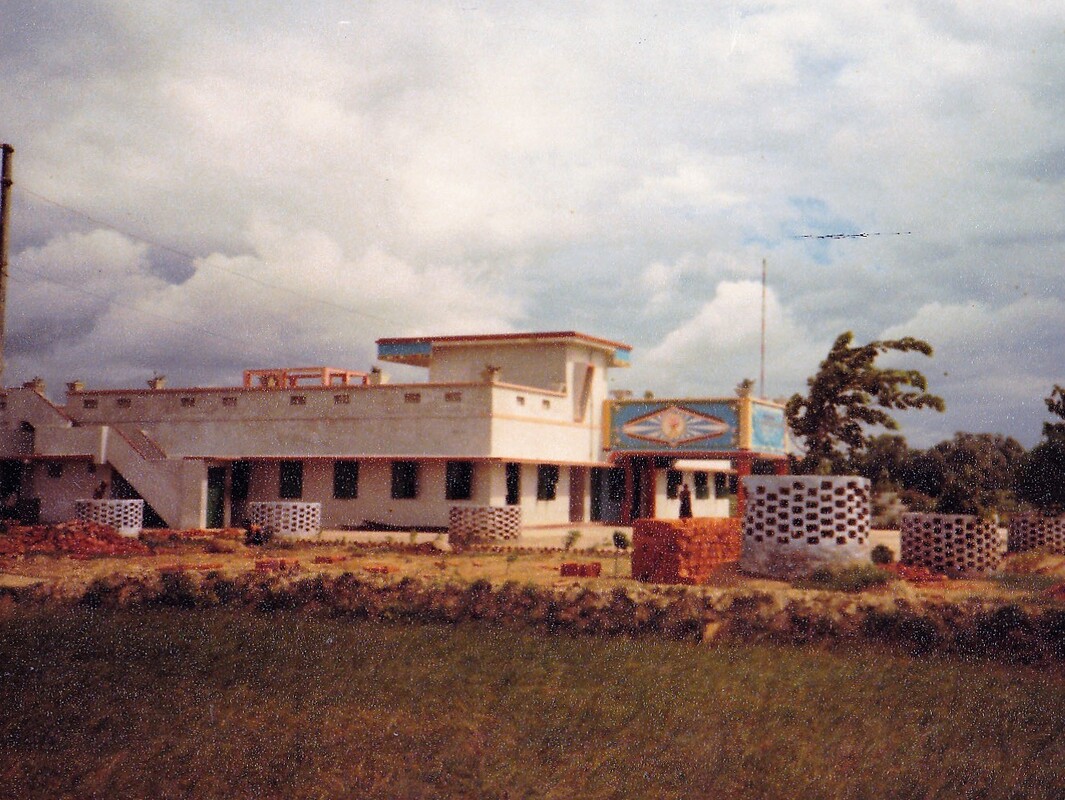
My character Hope – Edward’s daughter – goes to India in the late 1960s, just at the time it was becoming popular to travel overland to Asia.
Hope sets off on a whim, without any real thought, and as a result is hopelessly unprepared for what she faces when she arrives. She’s appalled by the dirt and the poverty she encounters, and she also falls ill as so many western travellers do. After a pretty rough time she arrives at the Gordon Hospital where one of her sisters is serving as a nurse.
This picture is a real hospital in India. It houses a clinic for sufferers of leprosy, a disease which has carried a terrible stigma for centuries. It is particularly prevalent in the north east corner of India, in the impoverished state of Bihar.
This particular hospital was founded by an inspirational Roman Catholic priest, Brother Christdas, and was ground-breaking in its vision to establish a community of leprosy sufferers who would be treated with dignity and respect, and receive the treatment they needed.
I spent three months here as a volunteer about fifteen years after Hope’s trip. It was inspiring, life-changing even. But for ‘soft’ westerners, conditions were pretty basic. We lived in mud huts and drew water from the village pump. From time to time, we visited a nearby mission hospital, funded by American money, and considerably more sophisticated. I remember the pleasure of running water, a flush toilet and ceiling fans to keep away the worst of heat. They had tiles on the floor instead of dirt.
The hospital where Hope and Faith end up is more like the American one than the village I stayed in. I remember how struck I was by the redefinition of luxury, when life is stripped down to the basics. Hope’s story is not my own, but my experience provides a jumping- off point. Her time in India is, to some degree, a turning point for her. In my experience, however short, however superficial, India’s a bit like that: it stops you in your tracks.
Hope sets off on a whim, without any real thought, and as a result is hopelessly unprepared for what she faces when she arrives. She’s appalled by the dirt and the poverty she encounters, and she also falls ill as so many western travellers do. After a pretty rough time she arrives at the Gordon Hospital where one of her sisters is serving as a nurse.
This picture is a real hospital in India. It houses a clinic for sufferers of leprosy, a disease which has carried a terrible stigma for centuries. It is particularly prevalent in the north east corner of India, in the impoverished state of Bihar.
This particular hospital was founded by an inspirational Roman Catholic priest, Brother Christdas, and was ground-breaking in its vision to establish a community of leprosy sufferers who would be treated with dignity and respect, and receive the treatment they needed.
I spent three months here as a volunteer about fifteen years after Hope’s trip. It was inspiring, life-changing even. But for ‘soft’ westerners, conditions were pretty basic. We lived in mud huts and drew water from the village pump. From time to time, we visited a nearby mission hospital, funded by American money, and considerably more sophisticated. I remember the pleasure of running water, a flush toilet and ceiling fans to keep away the worst of heat. They had tiles on the floor instead of dirt.
The hospital where Hope and Faith end up is more like the American one than the village I stayed in. I remember how struck I was by the redefinition of luxury, when life is stripped down to the basics. Hope’s story is not my own, but my experience provides a jumping- off point. Her time in India is, to some degree, a turning point for her. In my experience, however short, however superficial, India’s a bit like that: it stops you in your tracks.
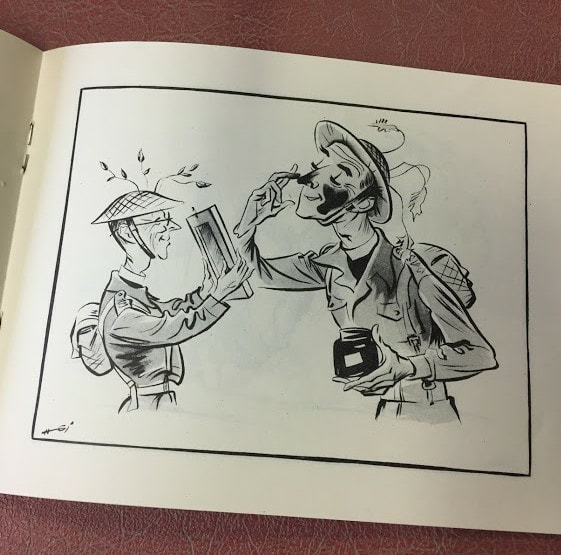
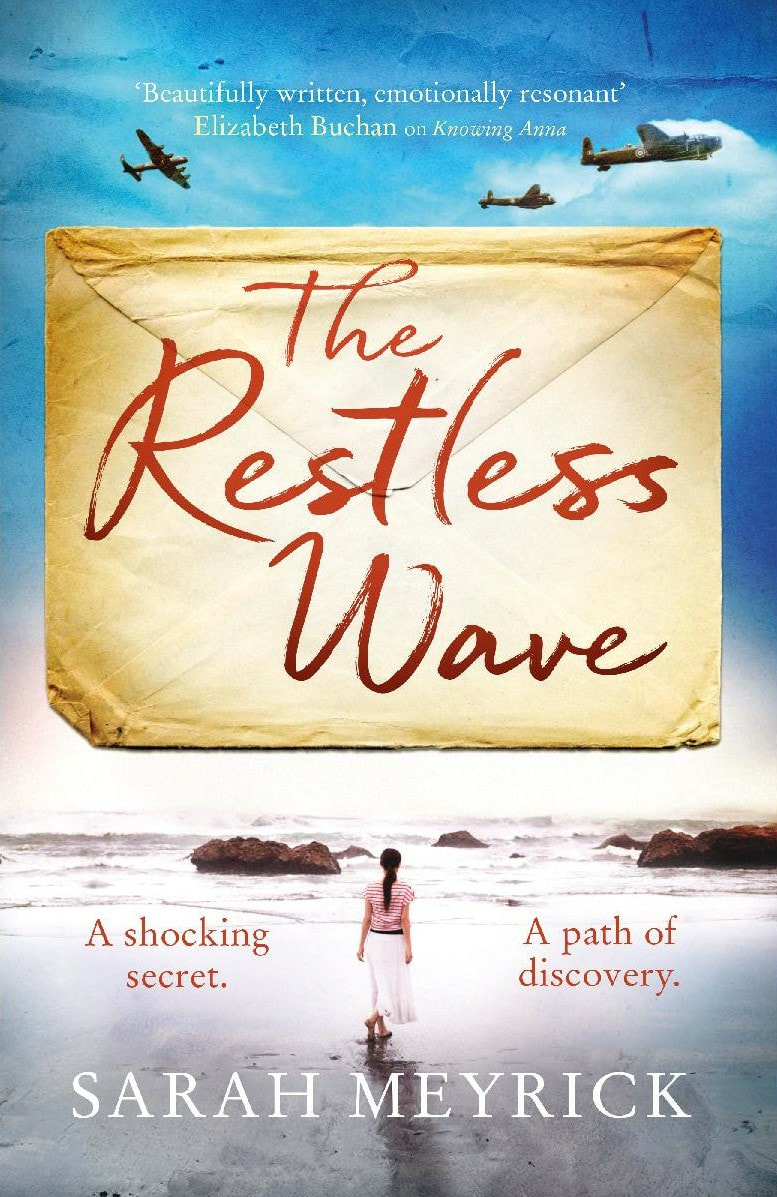
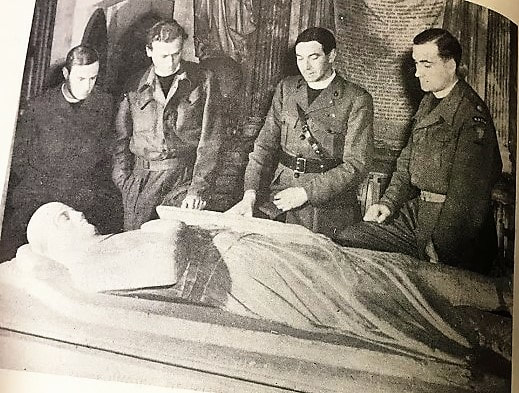
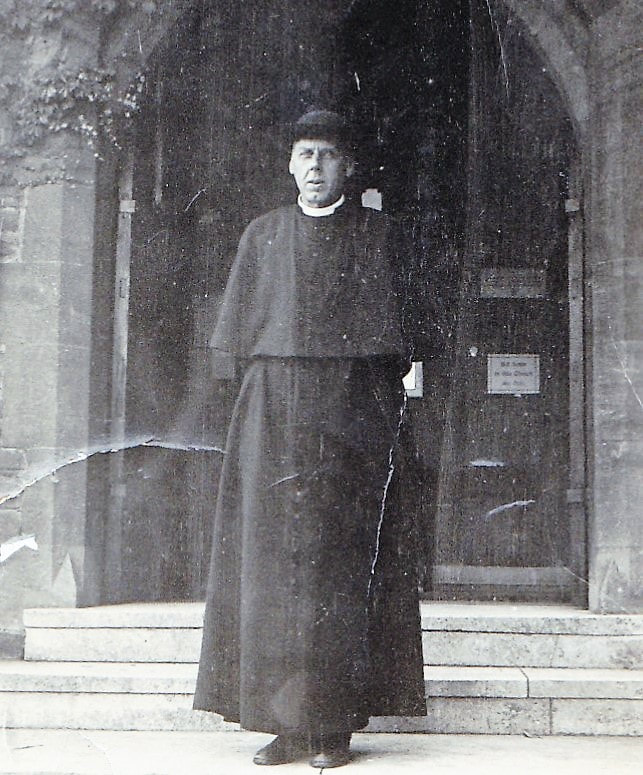
 RSS Feed
RSS Feed
